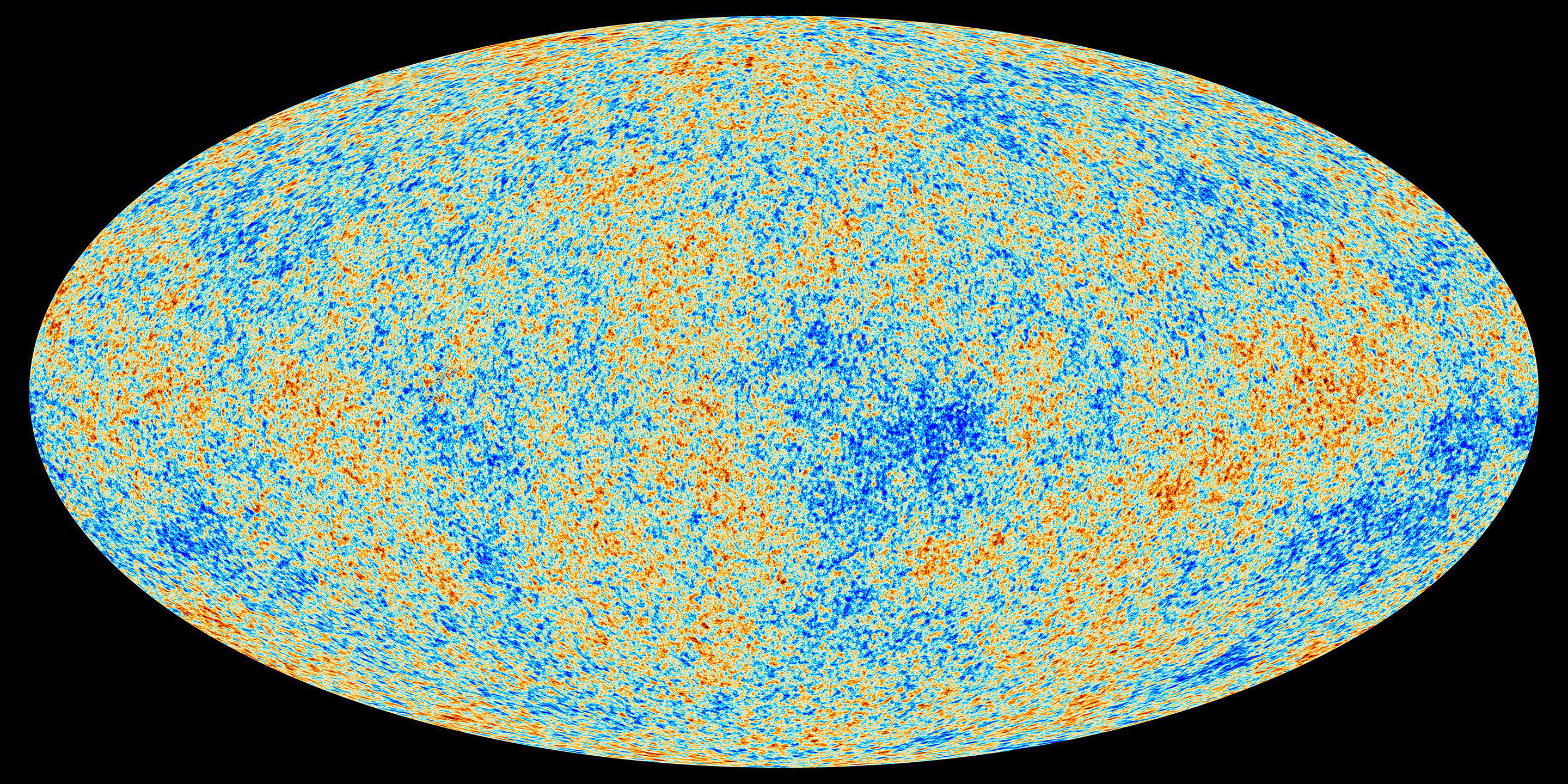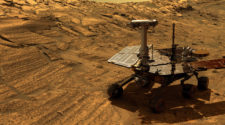
The European Space Agency’s Planck space mission has released the most accurate and detailed map ever made of the oldest light in the universe, revealing new information about its age, contents and origins.
The map results suggest the universe is expanding more slowly than scientists thought, and is 13.8 billion years old, 100 million years older than previous estimates. The data also show there is less dark energy and more matter, both normal and dark matter, in the universe than previously known. Dark matter is an invisible substance that can only be seen through the effects of its gravity, while dark energy is pushing our universe apart.
“Astronomers worldwide have been on the edge of their seats waiting for this map,” said Joan Centrella, Planck program scientist at NASA. “These measurements are profoundly important to many areas of science.”
The map, based on the mission’s first 15.5 months of all-sky observations, reveals tiny temperature fluctuations in the cosmic microwave background, ancient light that has traveled for billions of years from the very early universe to reach us. The patterns of light represent the seeds of galaxies and clusters of galaxies.
“As that ancient light travels to us, matter acts like an obstacle course getting in its way and changing the patterns slightly,” said Charles Lawrence, the U.S. project scientist for Planck at NASA’s Jet Propulsion Laboratory. “The Planck map reveals not only the very young universe, but also matter, including dark matter, everywhere in the universe.”
The age, contents and other fundamental traits of our universe are described in a simple model developed by scientists, called the standard model of cosmology. These new data have allowed scientists to test and improve the accuracy of this model. At the same time, some curious features are observed that don’t quite fit with the simple picture. For example, the model assumes the sky is the same everywhere, but the light patterns are asymmetrical, and there is a spot extending over a patch of sky that is larger than expected.
“On one hand, we have a simple model that fits our observations extremely well, but on the other hand, we see some strange features which force us to rethink some of our basic assumptions,” said Jan Tauber, the European Space Agency’s Planck project scientist based in the Netherlands. “This is the beginning of a new journey, and we expect our continued analysis of Planck data will help shed light on this conundrum.”
Supercomputer helps mission expose ancient light
Like archeologists carefully digging for fossils, scientists with the Planck mission are sifting through cosmic clutter to find the most ancient light in the universe.
The task is more complex than excavating fossils because just about everything in our universe lies between us and the light. Complicating matters further is “noise” from the Planck detectors that must be taken into account. That’s where a supercomputer helps out.
“So far, Planck has made about a trillion observations of a billion points on the sky,” said Julian Borrill of the Lawrence Berkeley National Laboratory. “Understanding this sheer volume of data requires a state-of-the-art supercomputer.”
So far, Planck has made about a trillion observations of a billion points on the sky. Understanding this sheer volume of data requires a state-of-the-art supercomputer.
Planck scientists have been accessing the supercomputers at the Department of Energy’s National Energy Research Scientific Computing Center. This computer makes more than a quintillion calculations per second, placing it among the fastest in the world.
One of the most complex aspects of analyzing the Planck data involves the noise from its detectors. To detect the incredibly faint cosmic microwave background, these detectors are made of extremely sensitive materials. When the detectors pick up light from one part of the sky, they don’t reset afterwards to a neutral state, but instead, they sort of buzz for a bit like the ringing of a bell. This buzzing affects observations made at the next part of the sky.
This noise must be understood, and corrected for, at each of the billion points observed repeatedly by Planck. The supercomputer runs simulations of how Planck would observe the entire sky under different conditions, allowing the team to identify and isolate the noise.
Another challenge is carefully teasing apart the signal of the relic radiation from the material lying in the foreground, but one that a supercomputer can handle.



